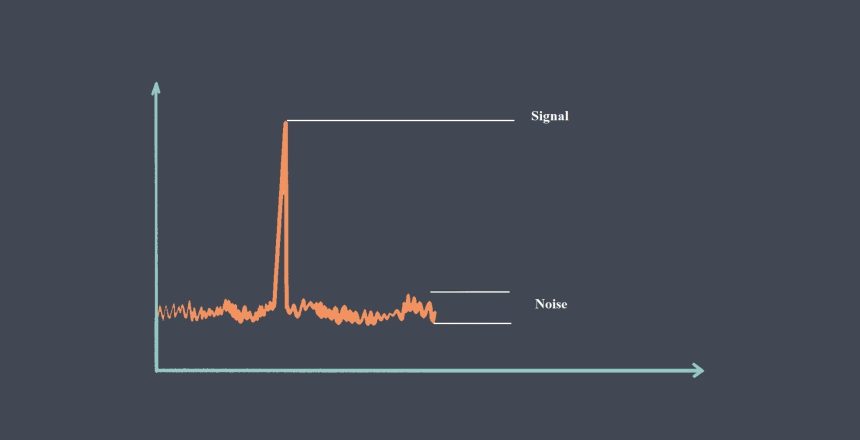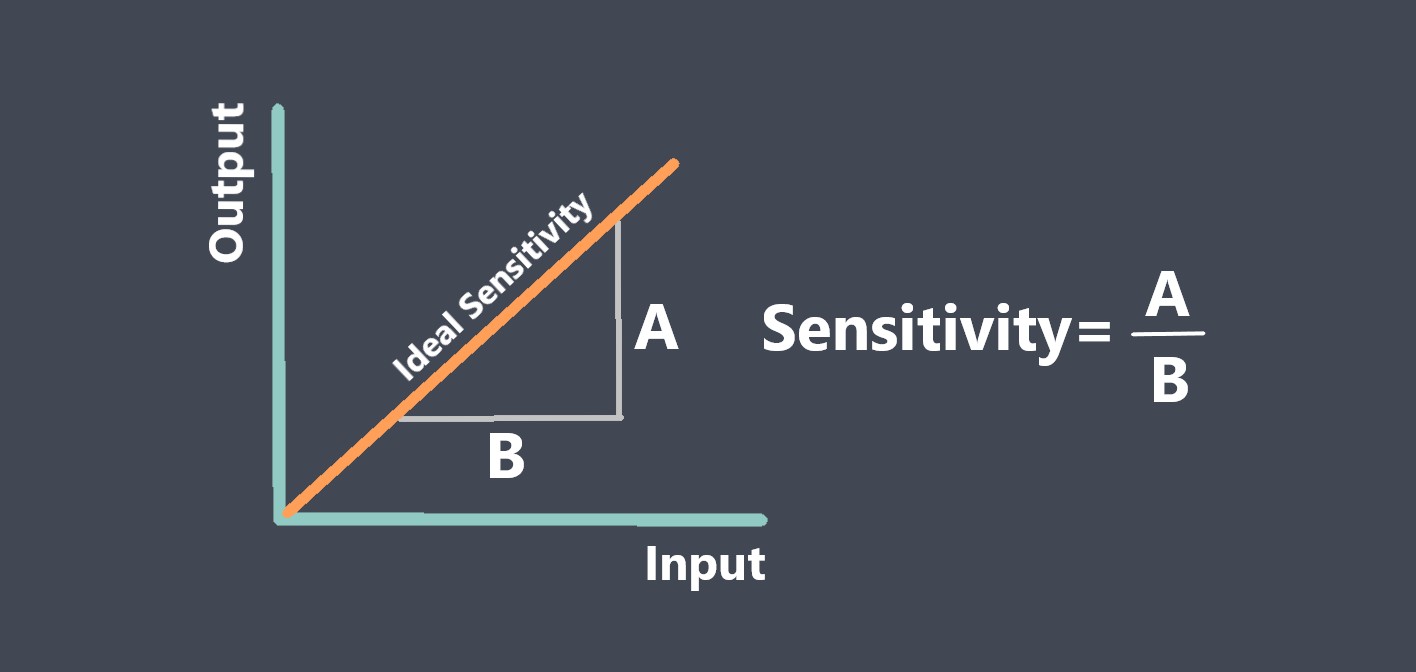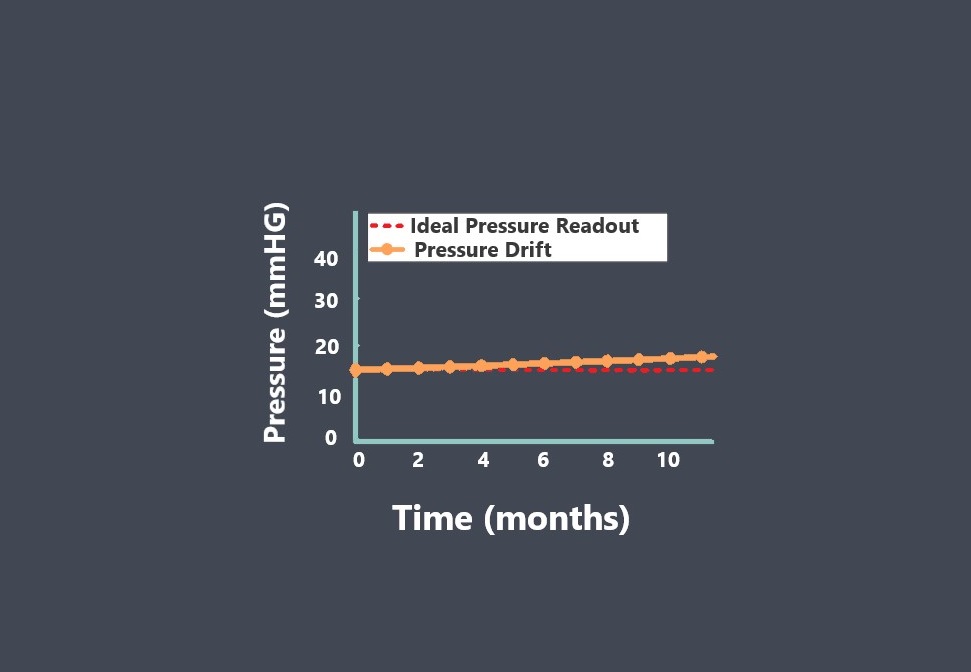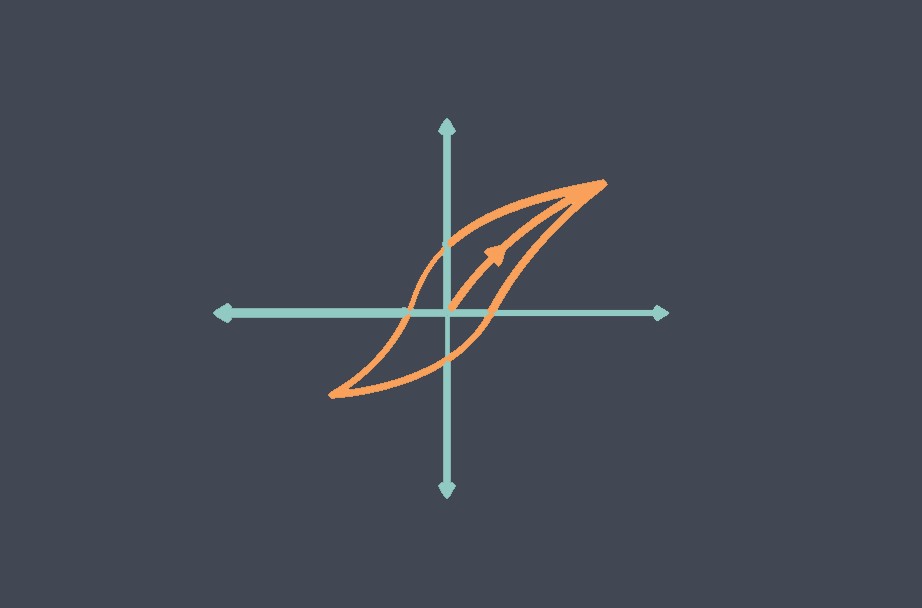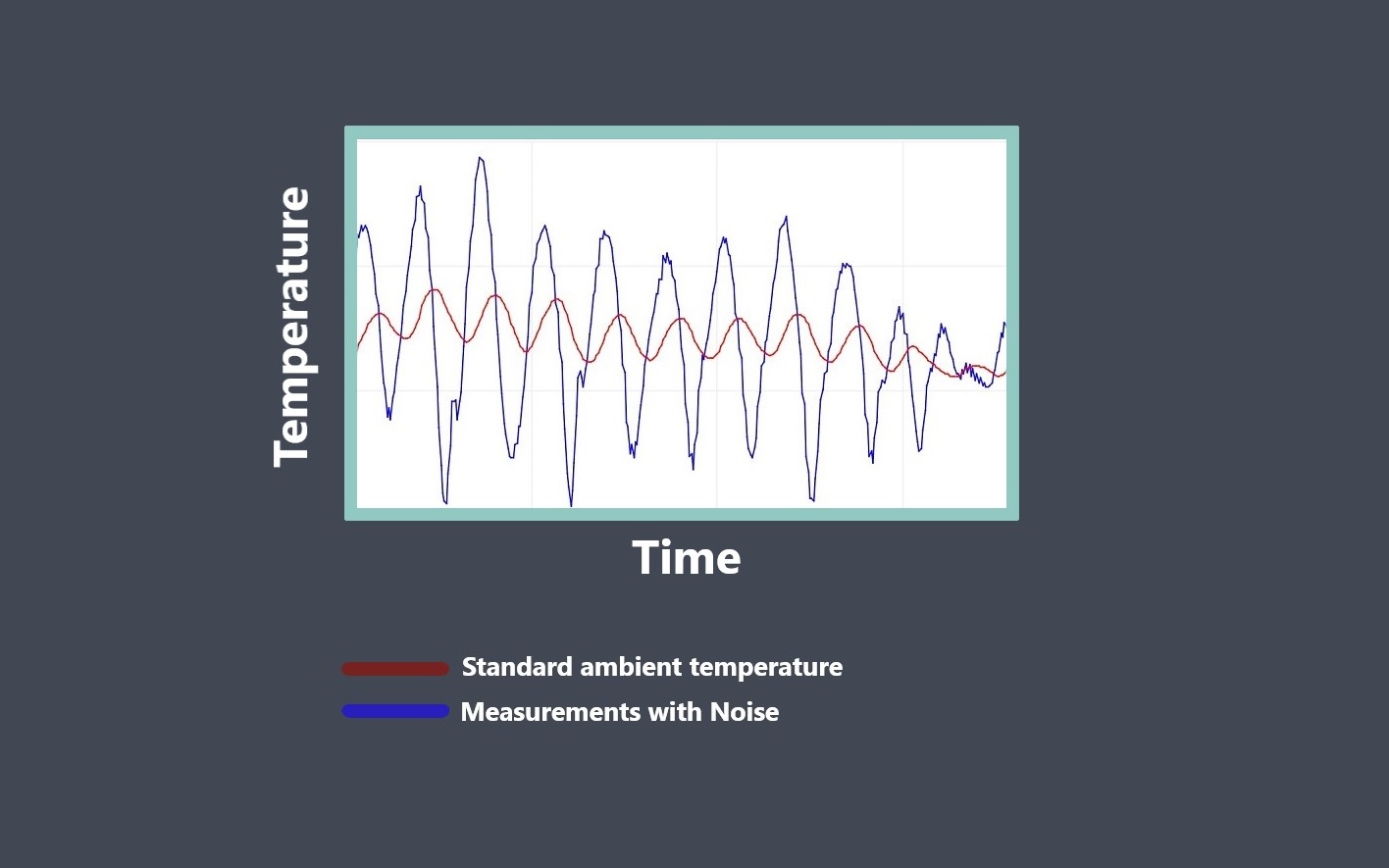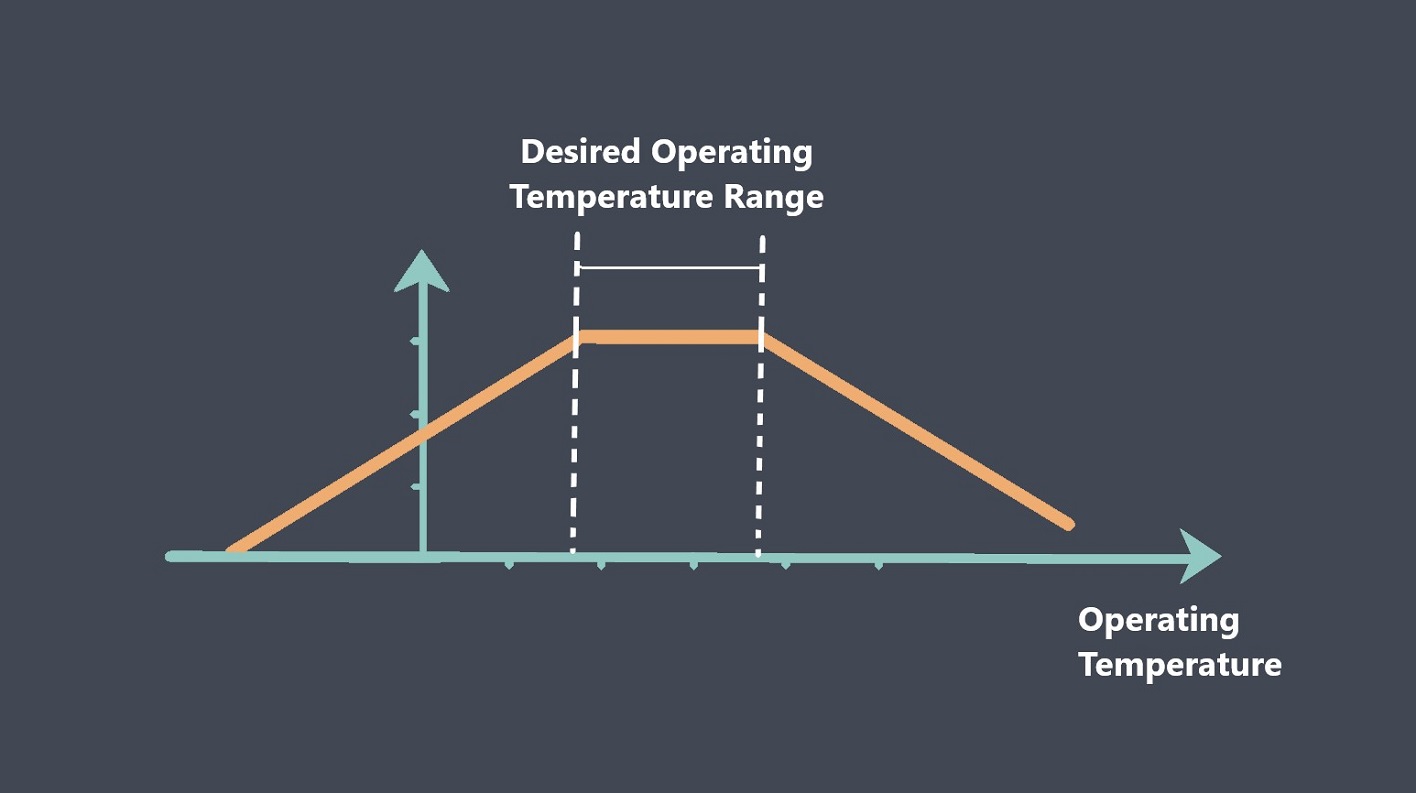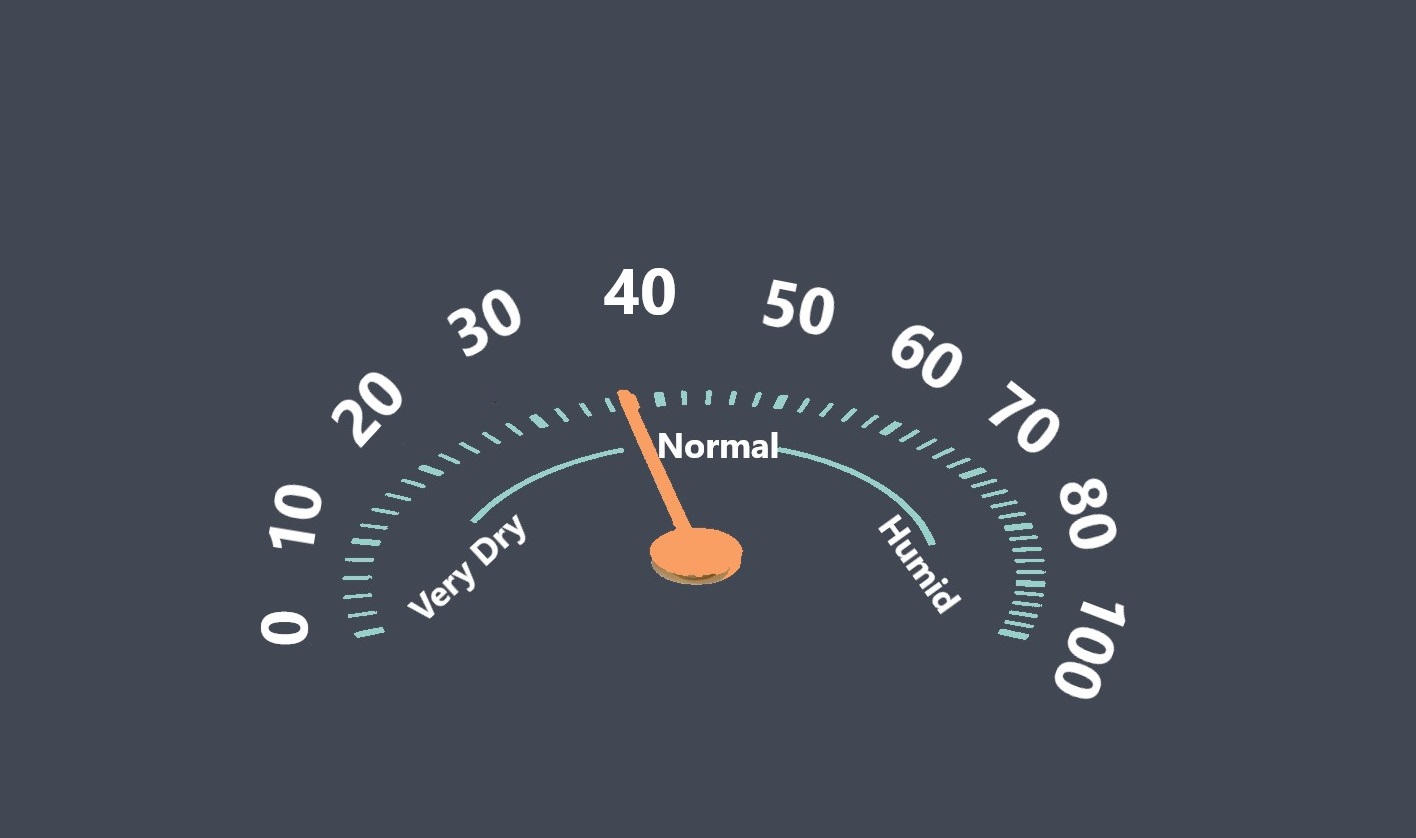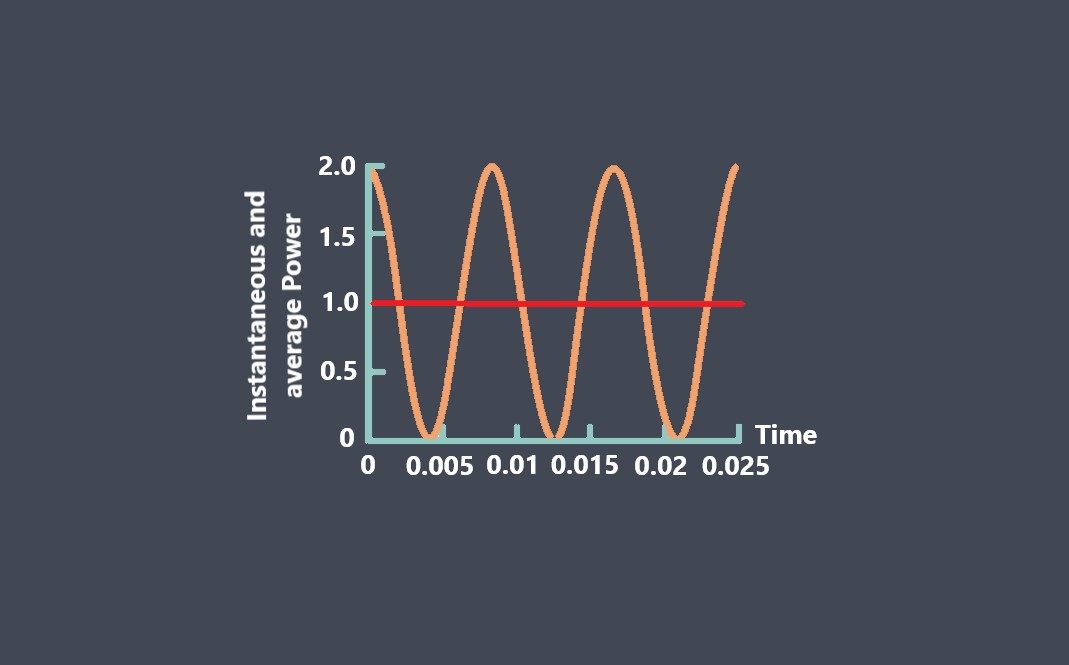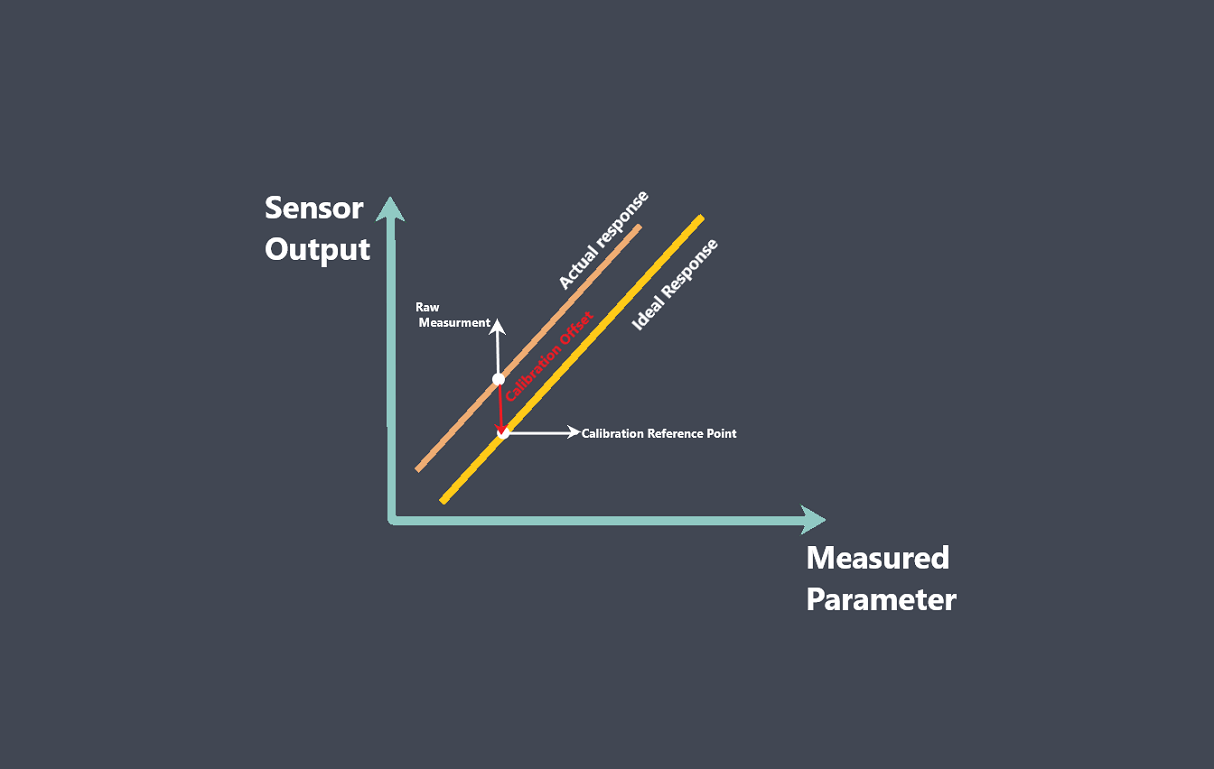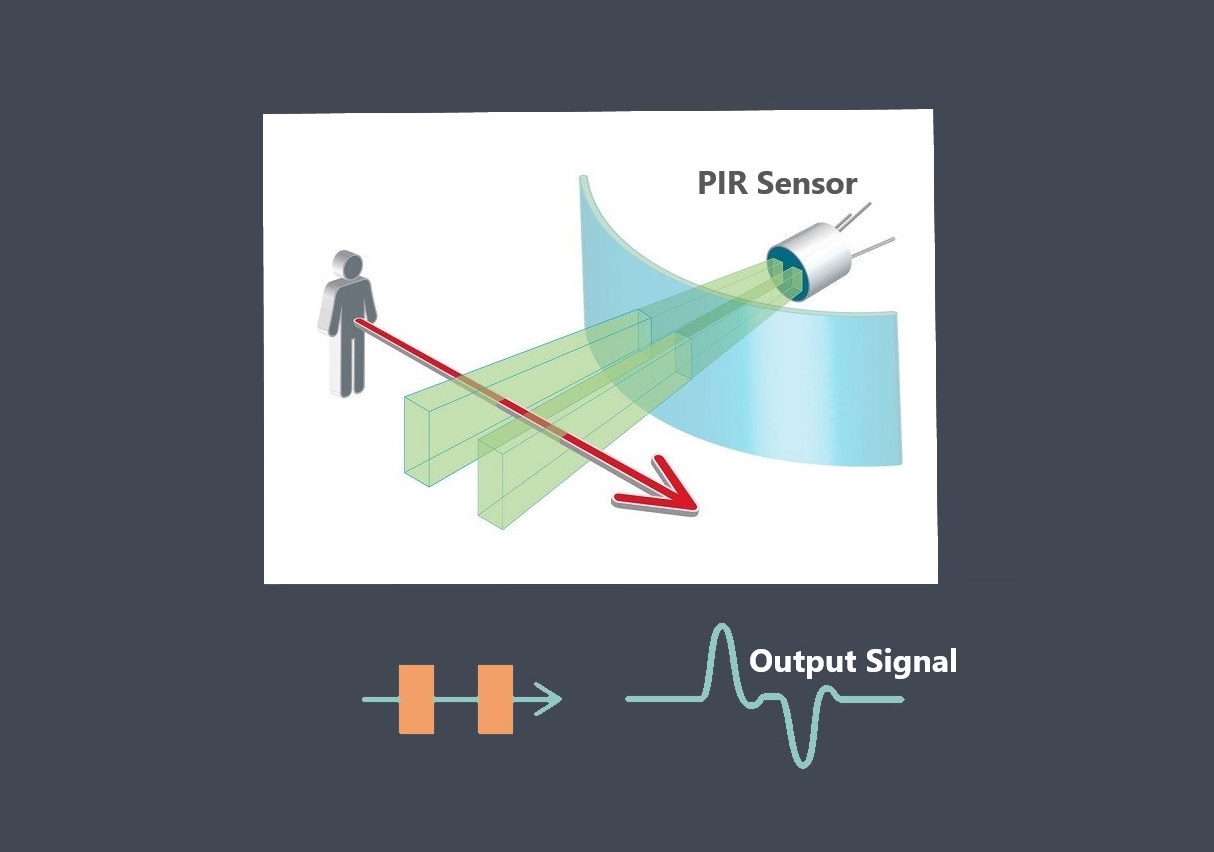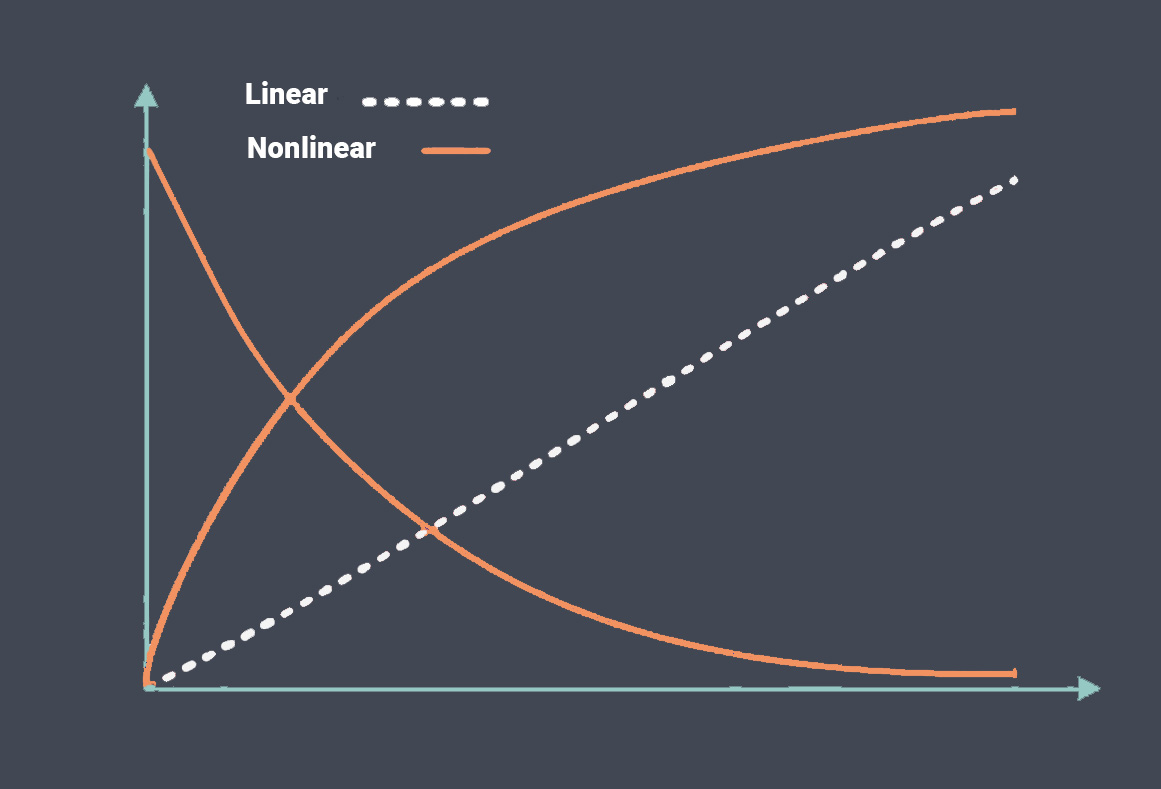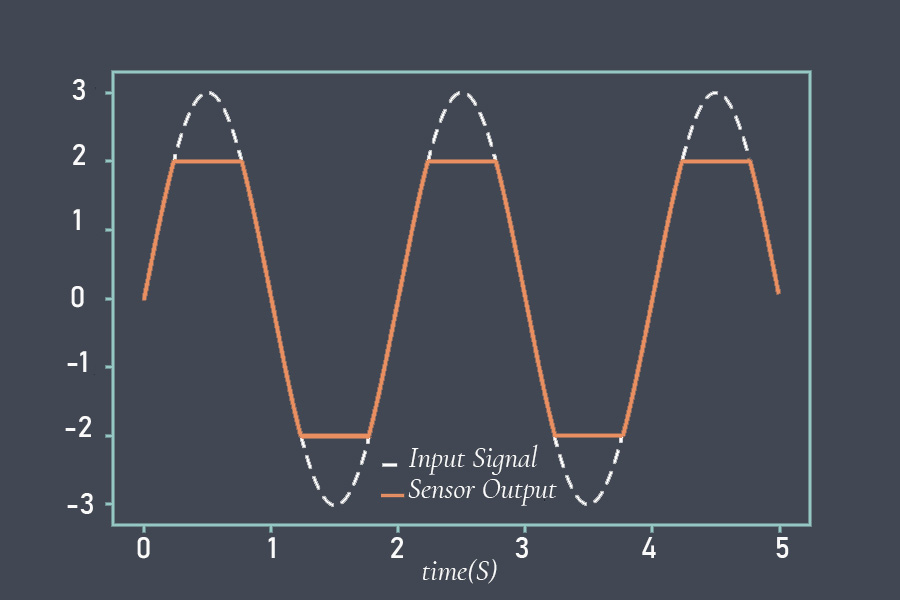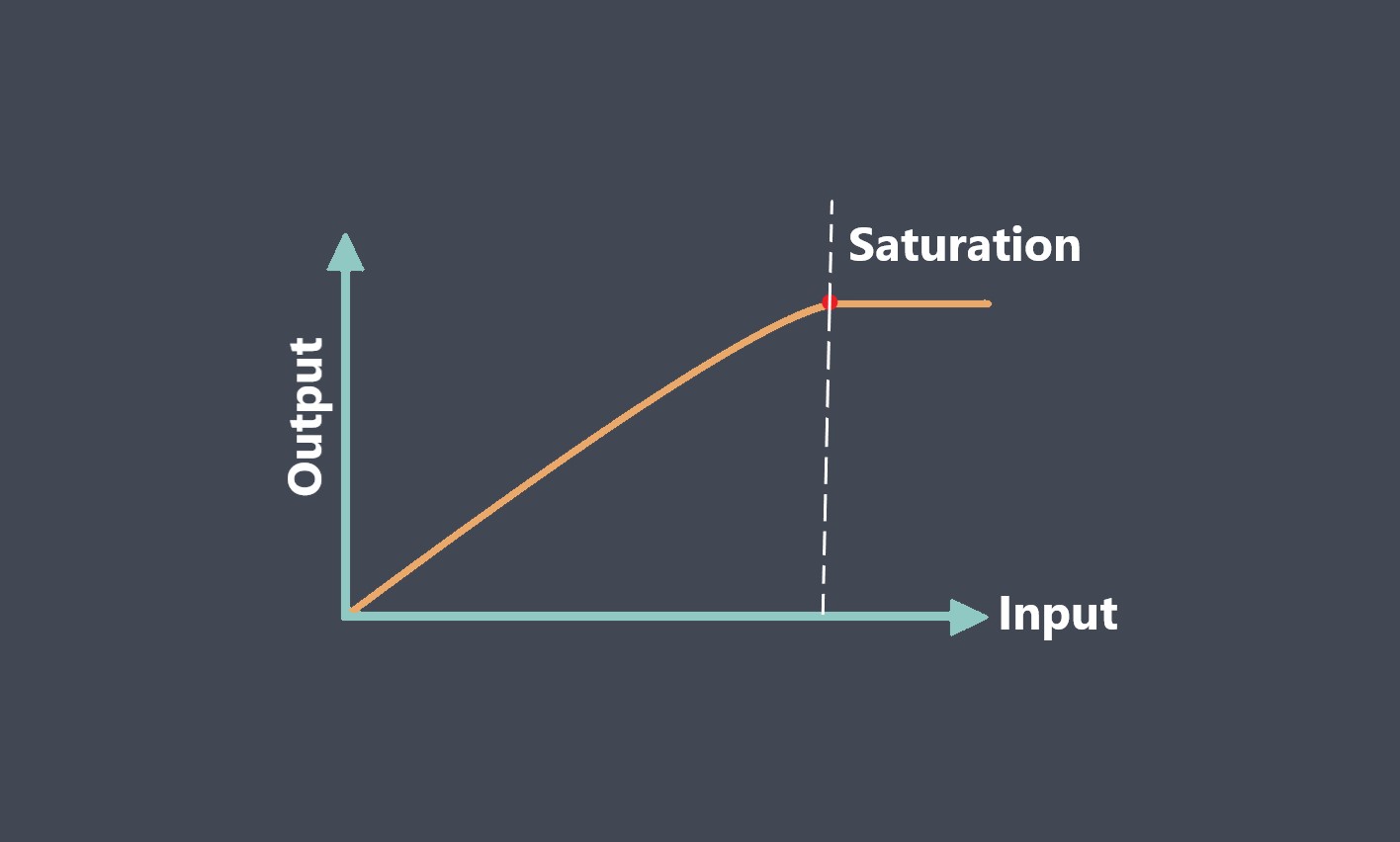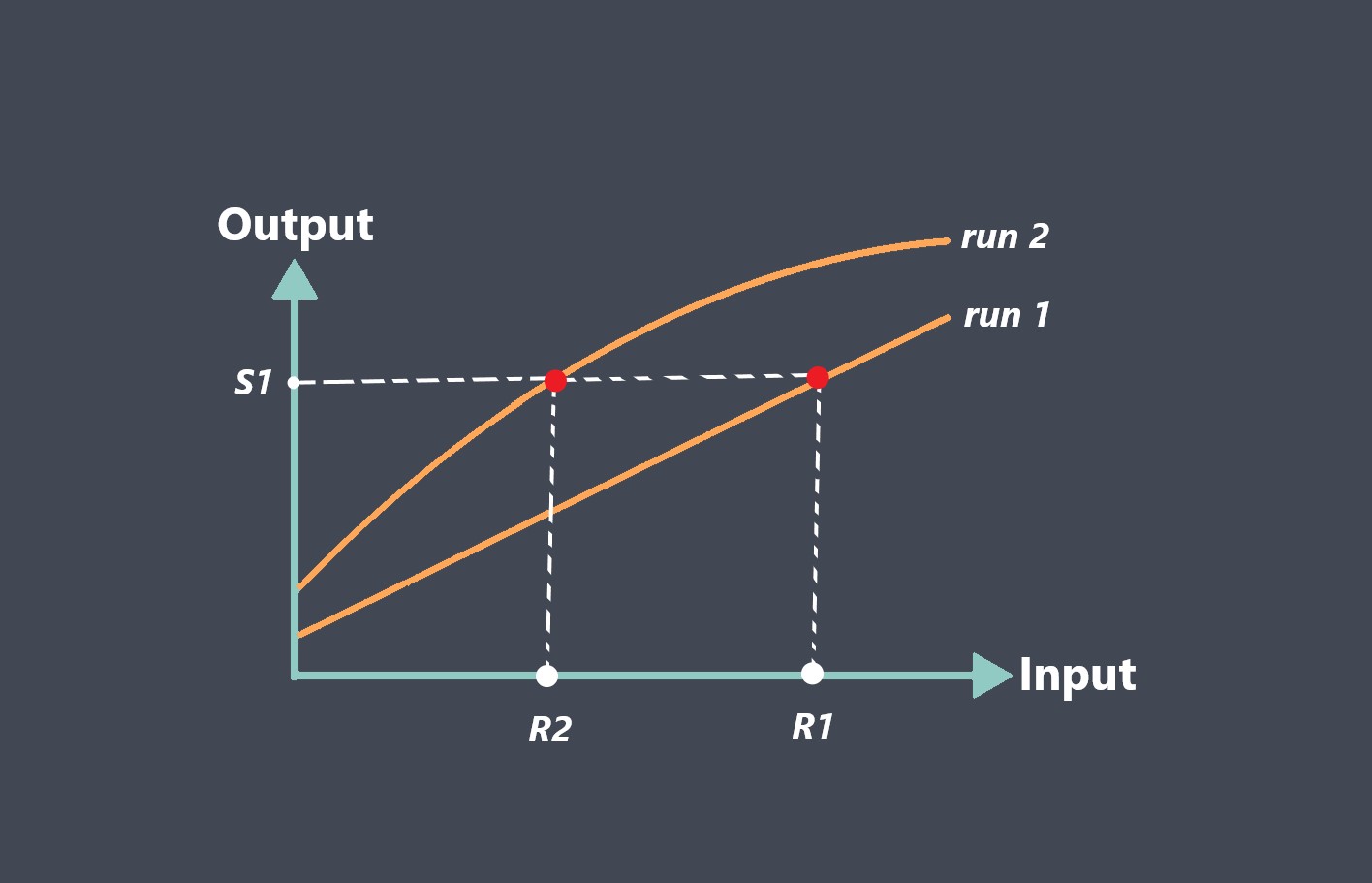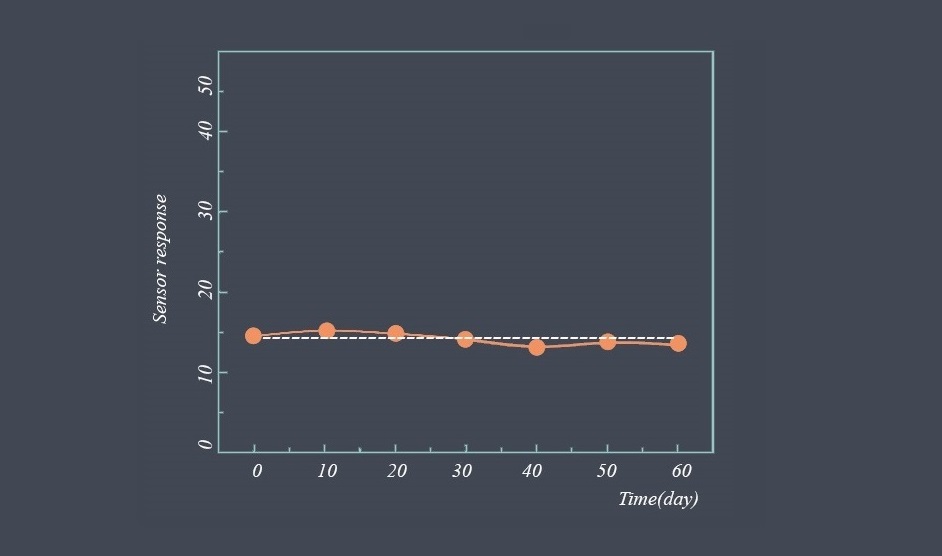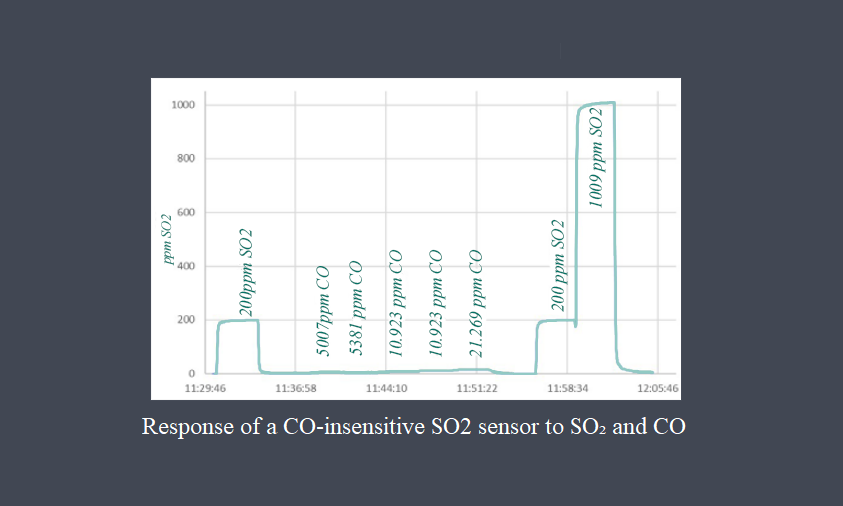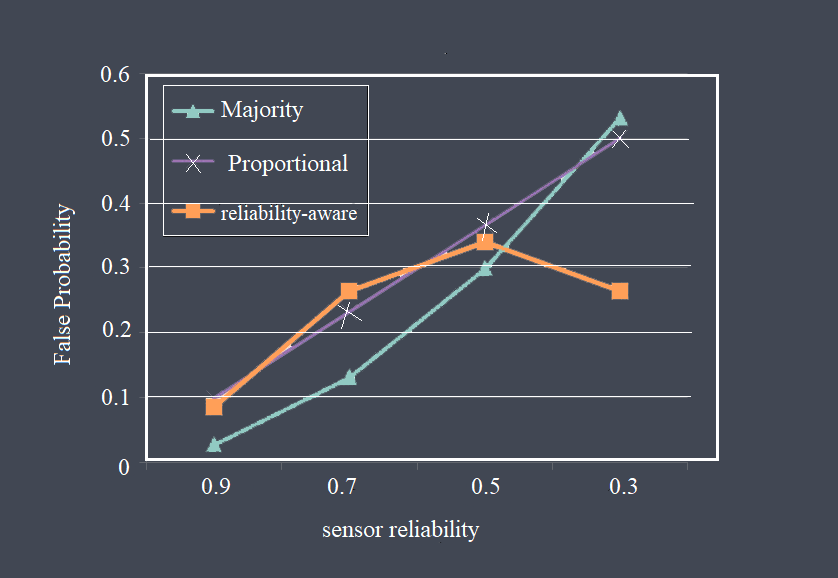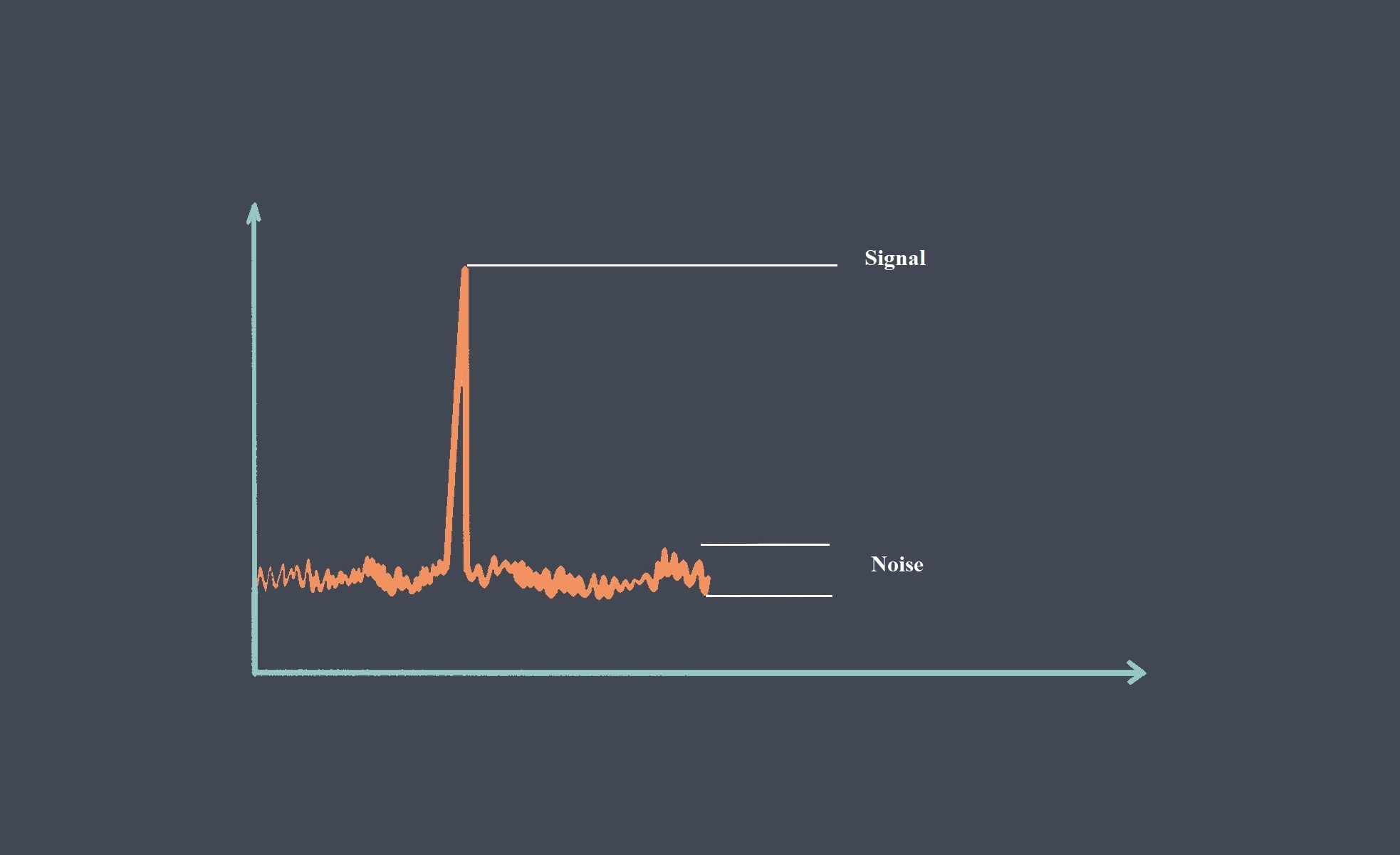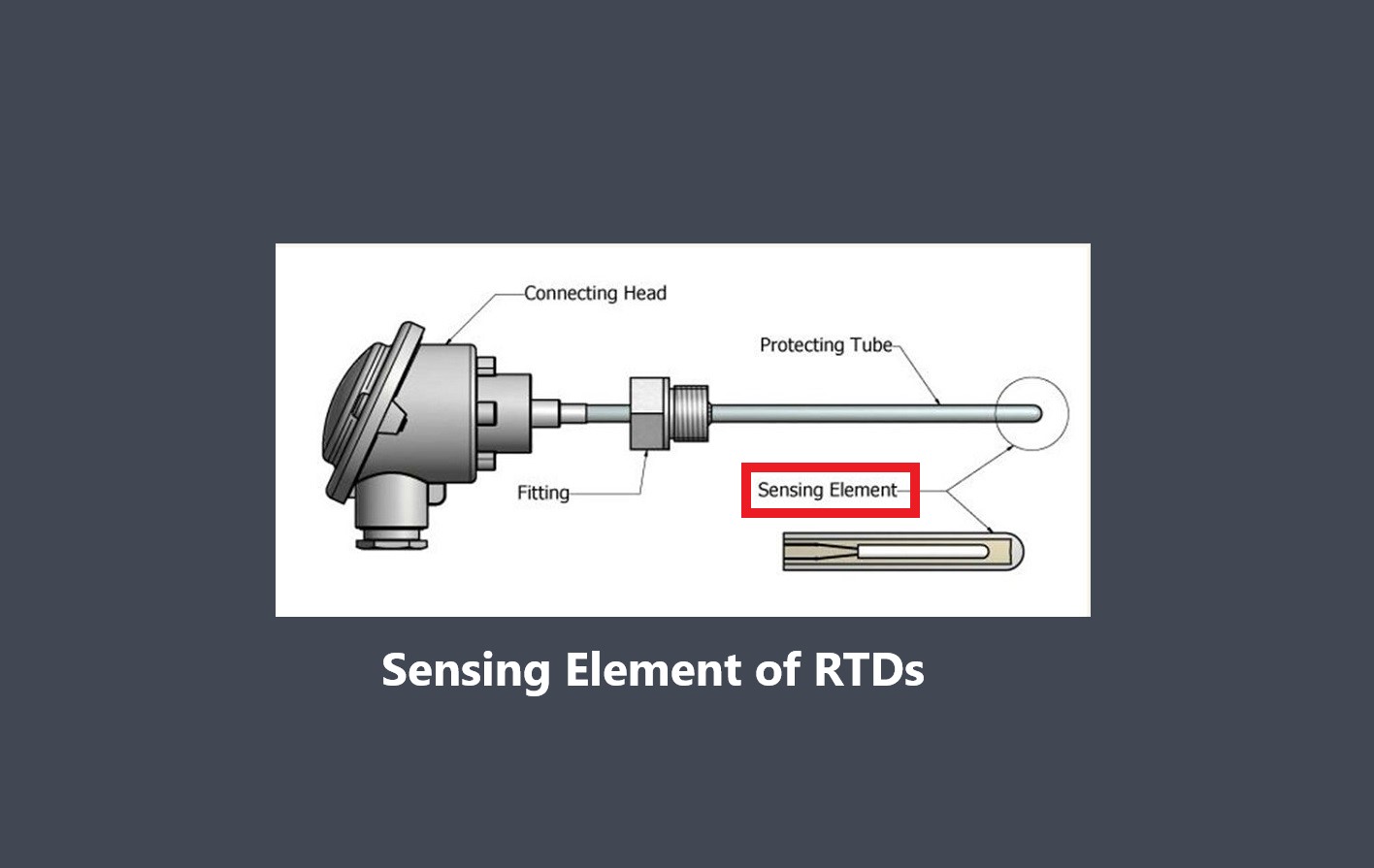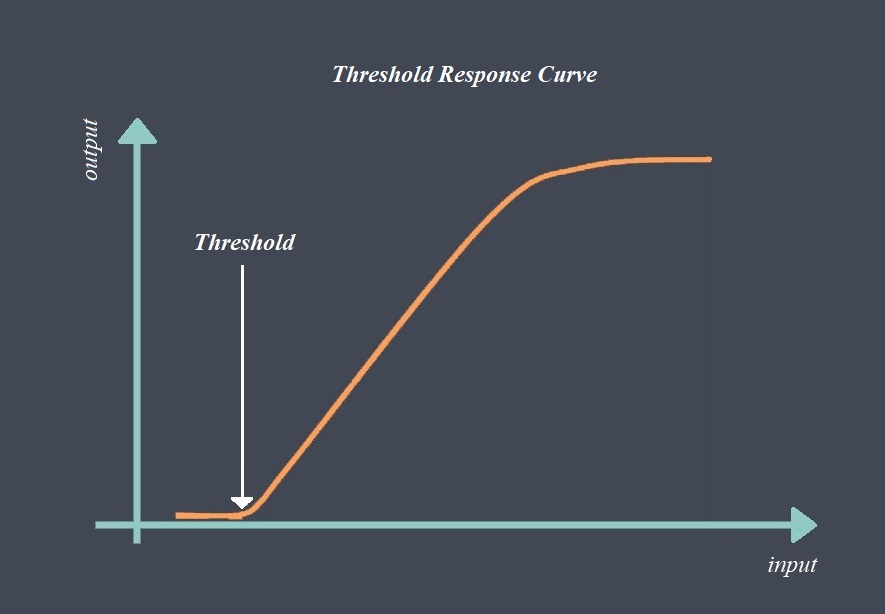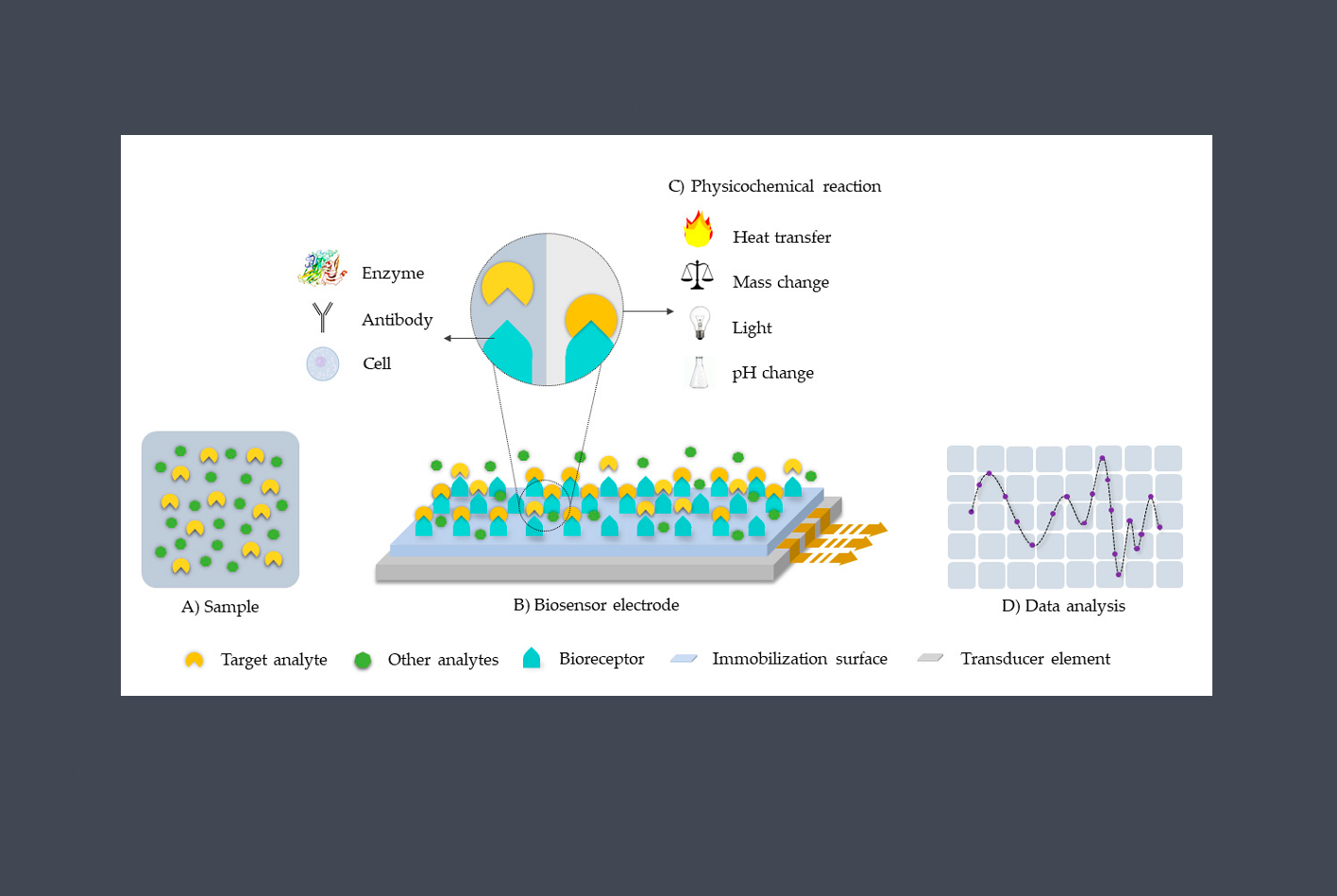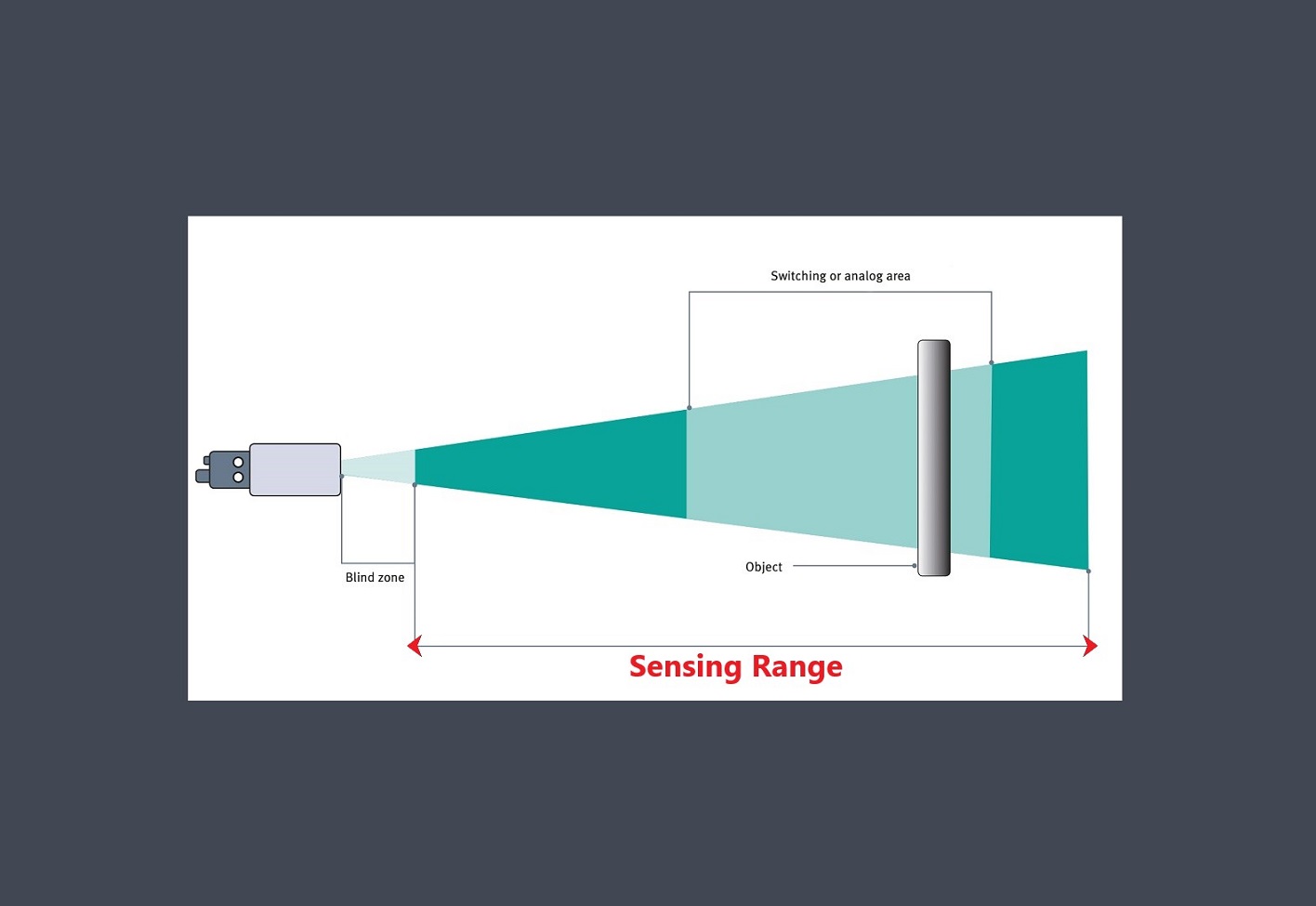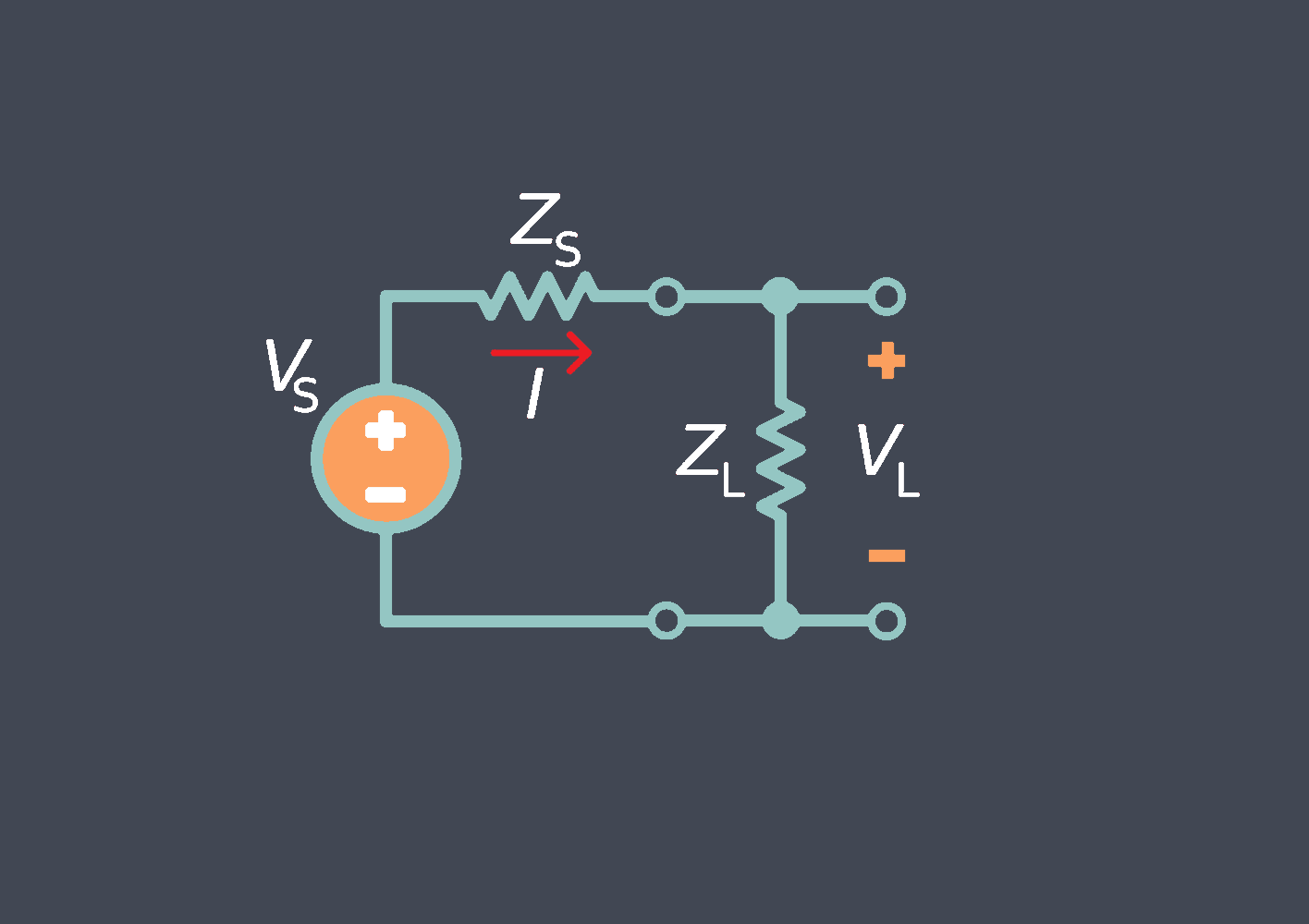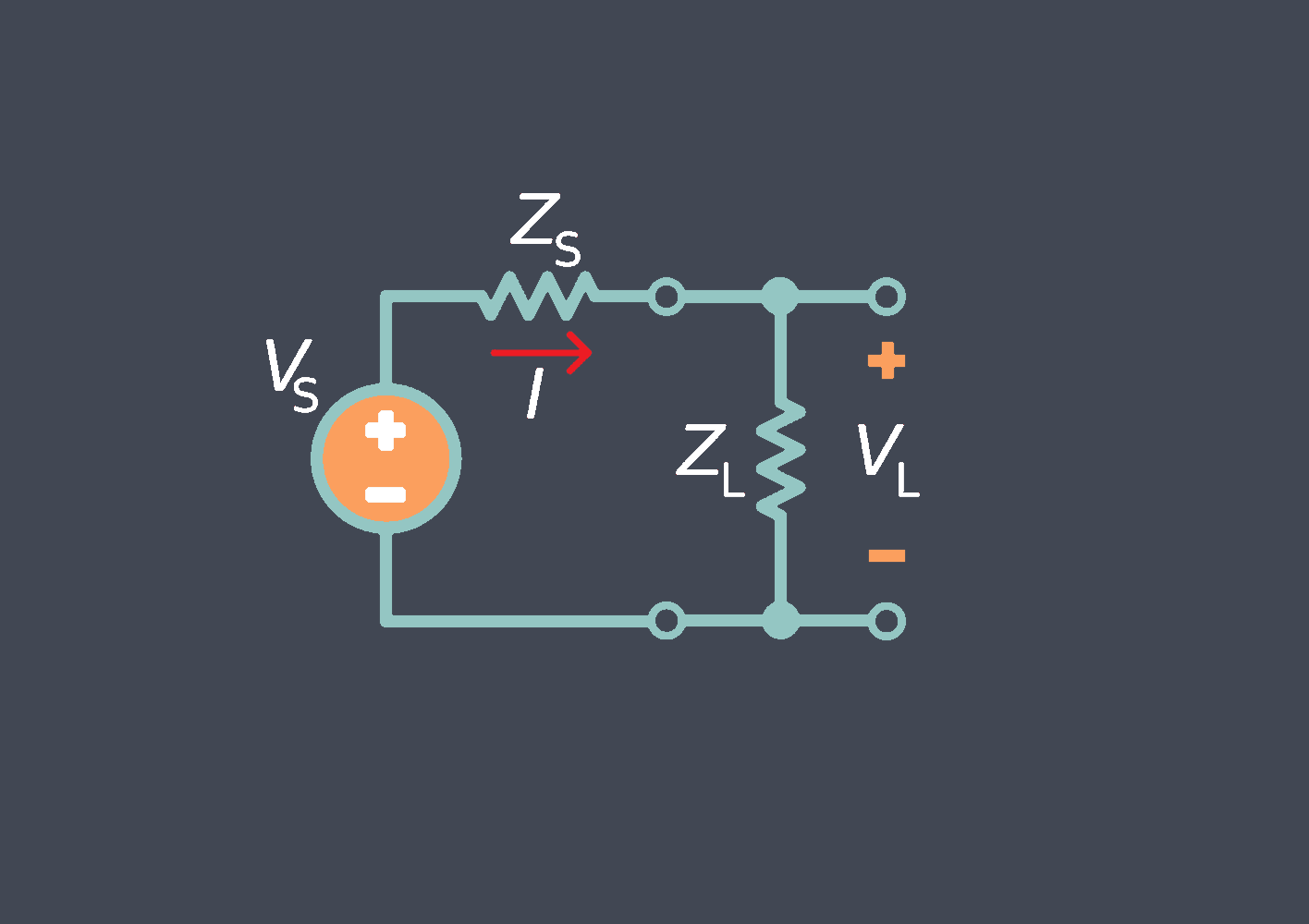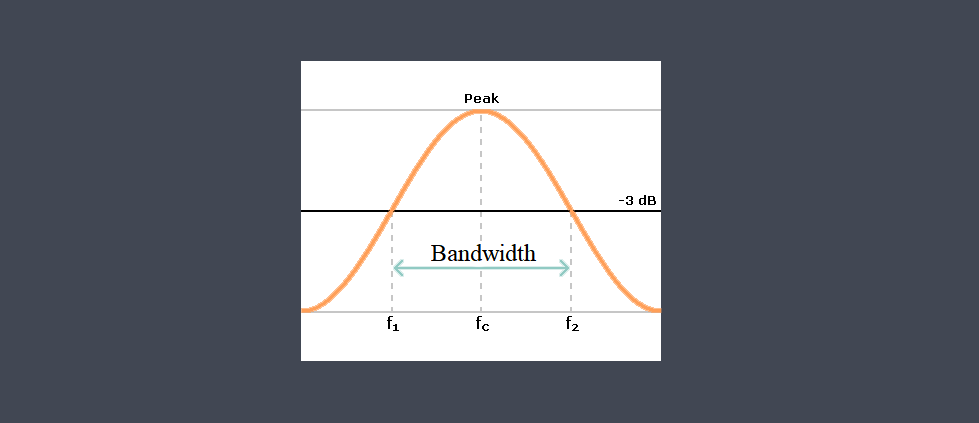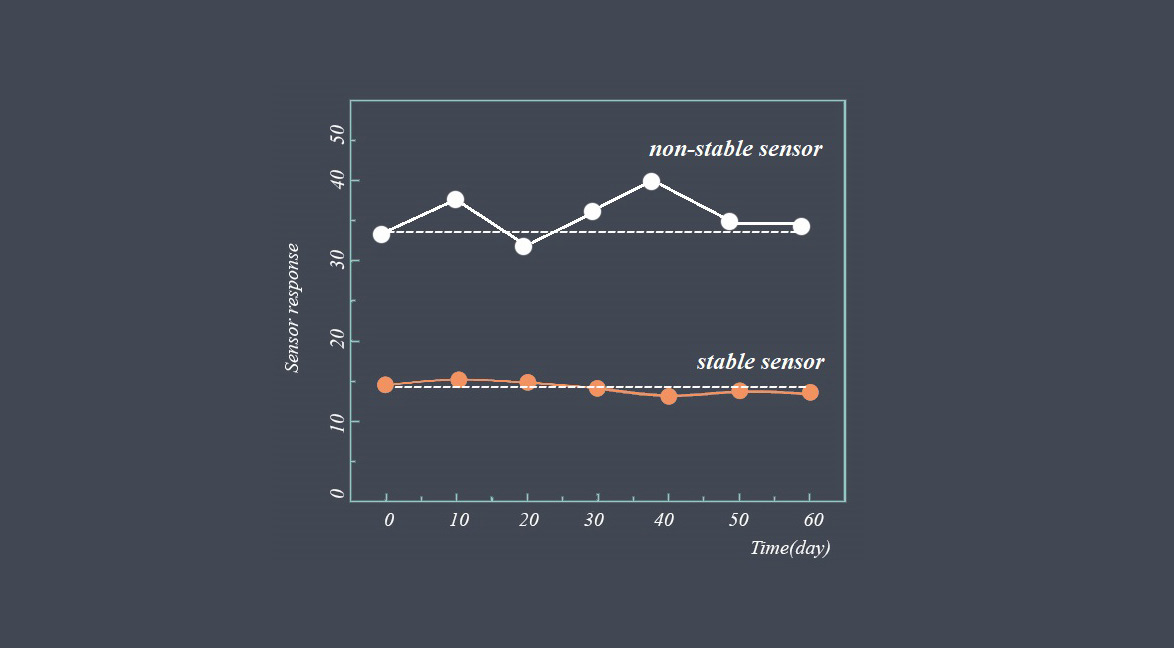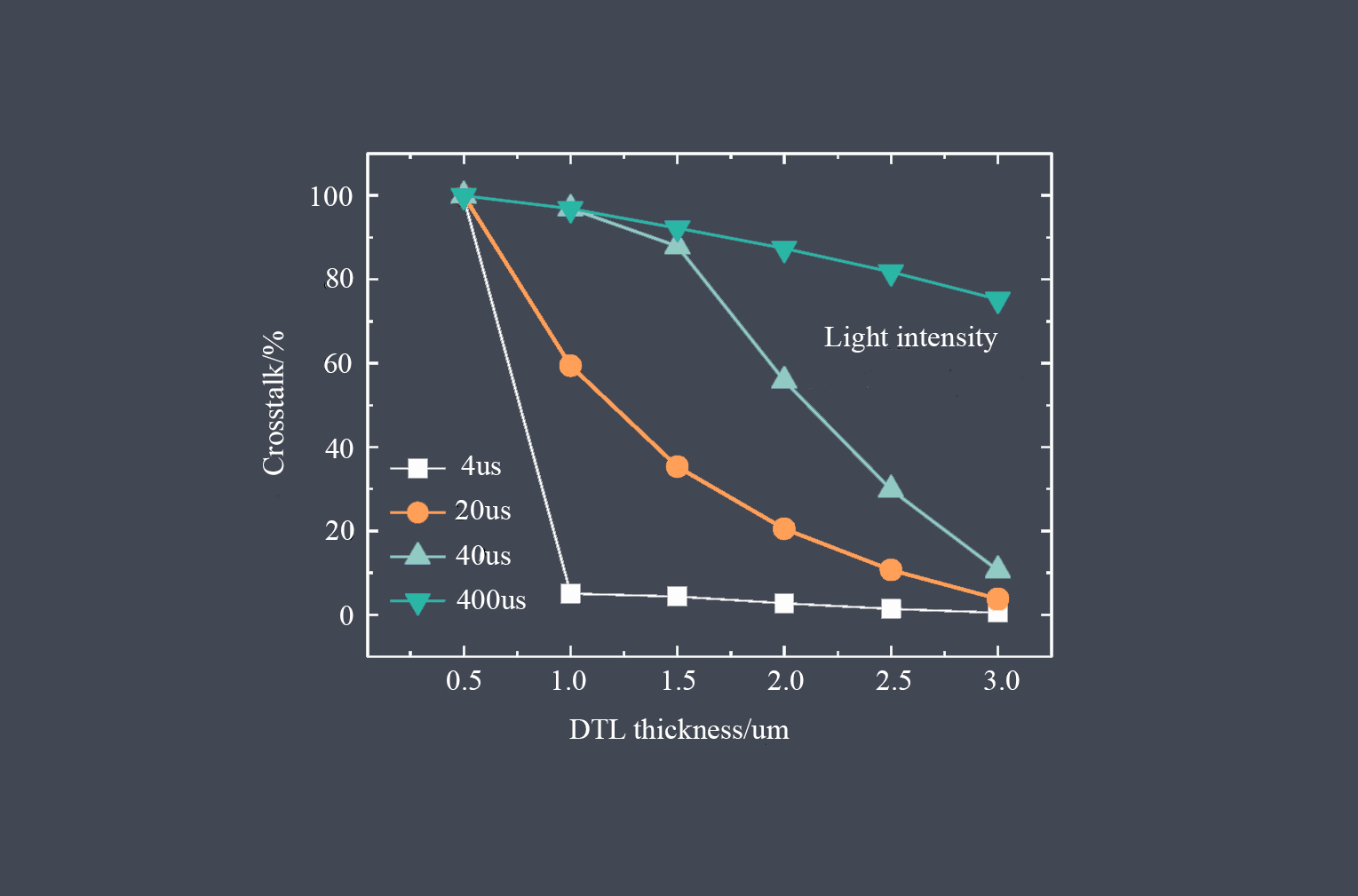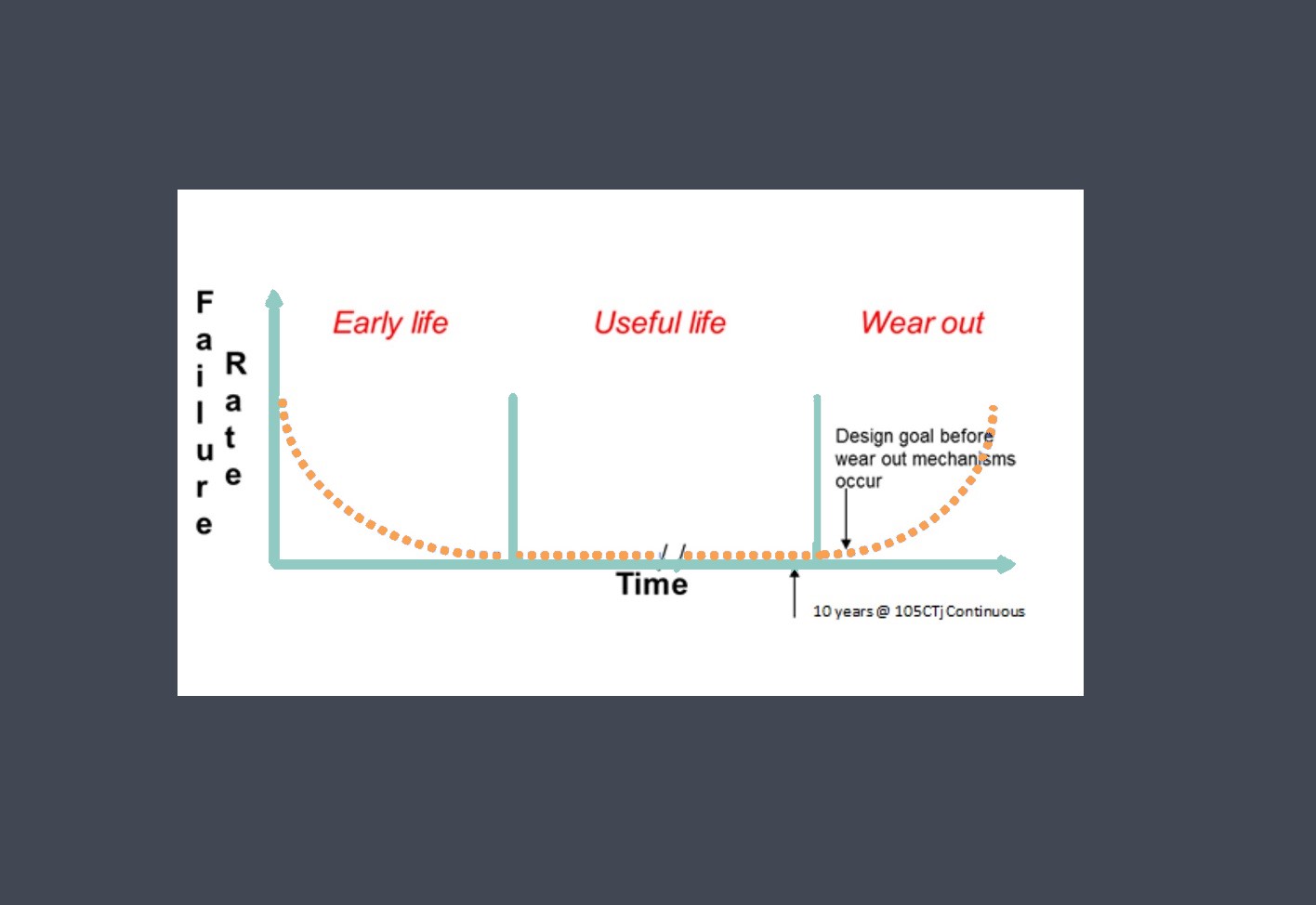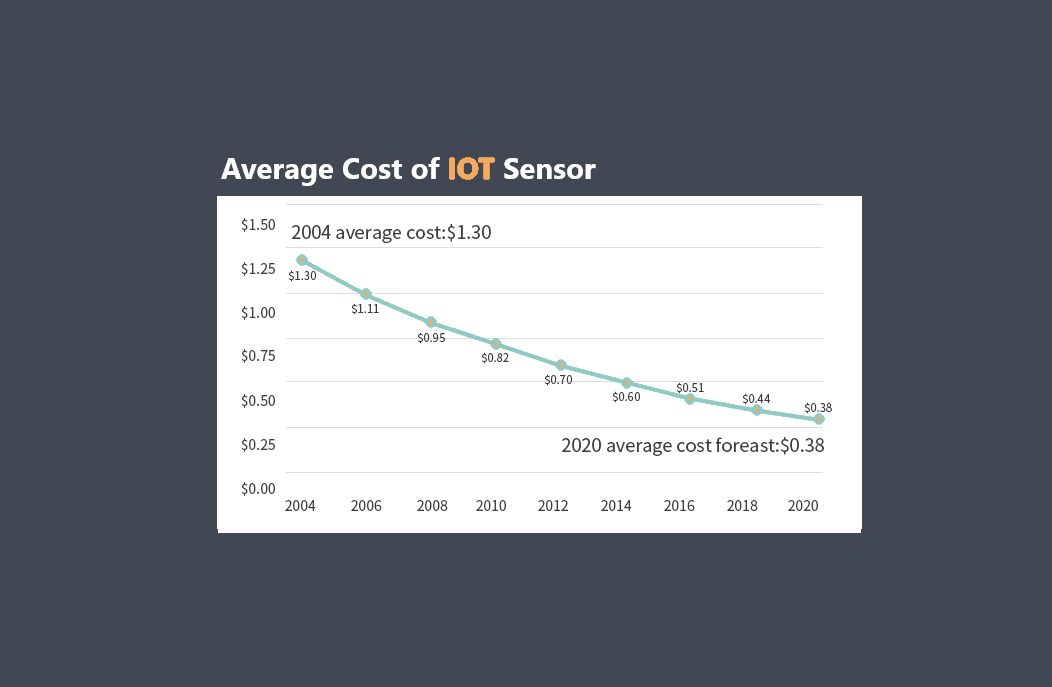
The Sensor Signal-to-Noise Ratio (SNR) refers specifically to the ratio of the signal power to the noise power produced by a sensor. It is a measure of the quality of the signal generated by the sensor compared to the level of background noise present.
A higher SNR indicates a stronger and more reliable signal relative to the noise, which is generally desirable. It means that the sensor is better able to distinguish the signal of interest from any unwanted noise or interference.
The SNR of a sensor is calculated by dividing the power of the desired signal by the power of the noise. Mathematically, it can be expressed as:

The signal power represents the power of the desired signal being measured by the sensor, while the noise power represents the power of any unwanted noise or interference present in the sensor’s output.

As it was said, a higher SNR indicates a stronger and more distinguishable signal relative to the noise, suggesting better sensor performance. It means that the sensor is better able to capture and differentiate the desired signal from the surrounding noise.
SNR is typically expressed in decibels (dB). Decibels provide a convenient way to represent the ratio of two quantities on a logarithmic scale.
The formula to convert a linear SNR value to logarithmic scale (in decibels) is:

where SNR_linear represents the SNR value in linear scale which is obtained from the first formula.
For example, if you have an SNR of 100 in linear scale, you can calculate the SNR in decibels as follows:
SNR_dB = 10 * log(100) = 20 dB
Conversely, to convert a SNR value from logarithmic scale (in decibels) back to linear scale, you can use the following formula:

Similarly, if you have an SNR of 30 dB in decibels, you can convert it back to linear scale:
SNR_linear = 10^(30 / 10) = 1000
Expressing SNR in decibels is beneficial because it allows for a more intuitive understanding of the signal quality. In logarithmic scale, small changes in the SNR value correspond to larger changes in perceived signal quality. For example, an increase of 3 dB represents a doubling of the SNR, while a decrease of 3 dB represents a halving of the SNR.
Factors affect sensor signal to noise ratio(SNR)
The SNR of a sensor is influenced by several factors, including:
Signal strength
A stronger signal will result in a higher SNR because it will be more distinguishable from the noise.
Noise level
A lower noise level will result in a higher SNR because the signal will be less corrupted by unwanted noise.
Sensor sensitivity
A more sensitive sensor will produce a stronger signal for a given input, leading to a higher SNR.
Bandwidth
A wider bandwidth allows more of the desired signal to pass through, increasing the SNR.
Environmental conditions
Factors such as temperature, electromagnetic interference, and electrical noise can affect the SNR of a sensor.
As the last word, sensor SNR is an important parameter in determining the overall performance and accuracy of a sensor. A higher SNR generally leads to improved measurement precision and reliability, as it reduces the impact of noise on the sensor’s output.

